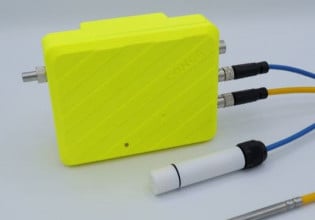R
Dear sirs,
currently i am working on a old type of welding machine. It seems that the transformer of the welding machine uses 415 Vac ( two phase only )
The primary side we have several coil to be selected by selector switch but anyway the input voltage is same. The secondary output is at 11~12 Vac with max current at 1200 A. The problem is, i was instructed to modify this ac welding machine to give dc output voltage. Is there any possibilities to convert it with most cheapest cost. I thought of using a rectifier at the
output. Will it help and is there any rectifier in market which as the capability to handle 1200 A. Please advice
Thanks in advance.
ravi chandran
currently i am working on a old type of welding machine. It seems that the transformer of the welding machine uses 415 Vac ( two phase only )
The primary side we have several coil to be selected by selector switch but anyway the input voltage is same. The secondary output is at 11~12 Vac with max current at 1200 A. The problem is, i was instructed to modify this ac welding machine to give dc output voltage. Is there any possibilities to convert it with most cheapest cost. I thought of using a rectifier at the
output. Will it help and is there any rectifier in market which as the capability to handle 1200 A. Please advice
Thanks in advance.
ravi chandran






